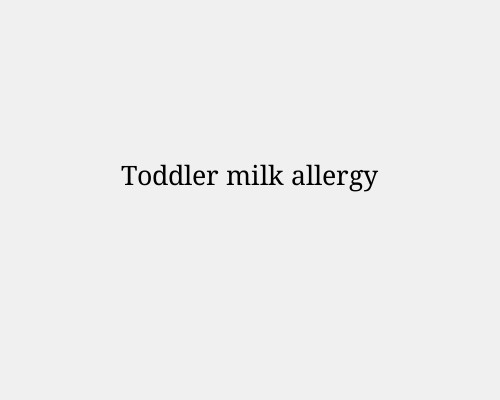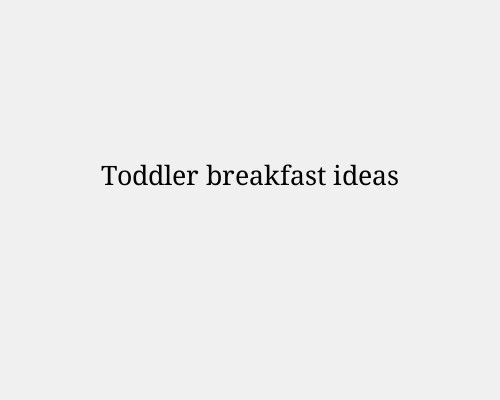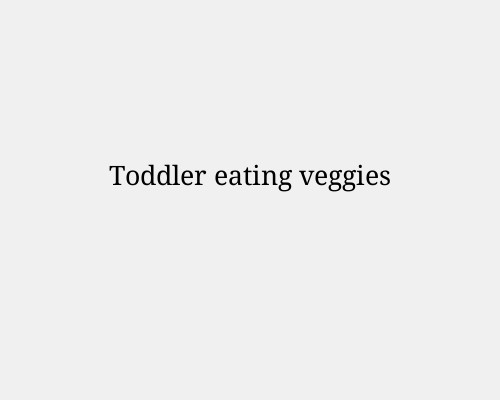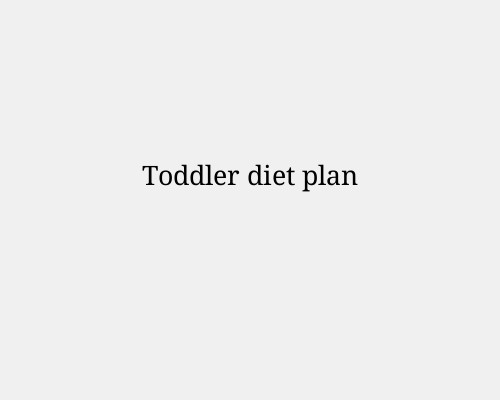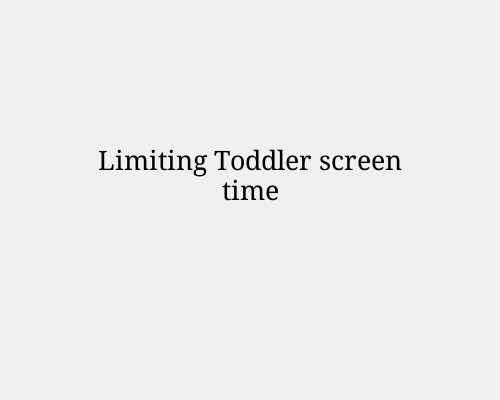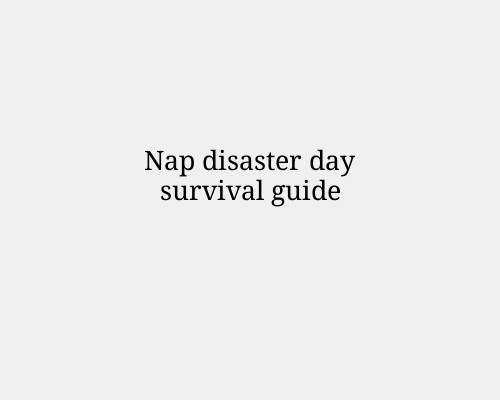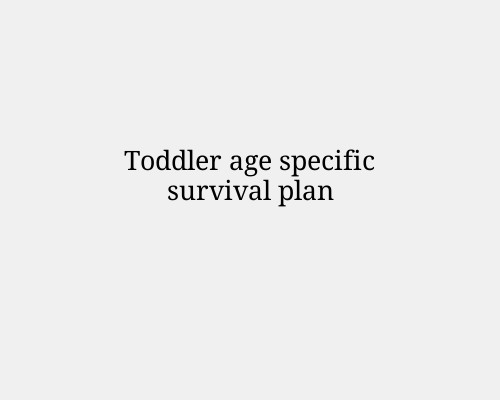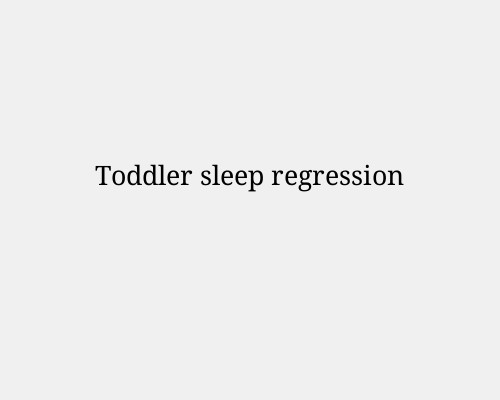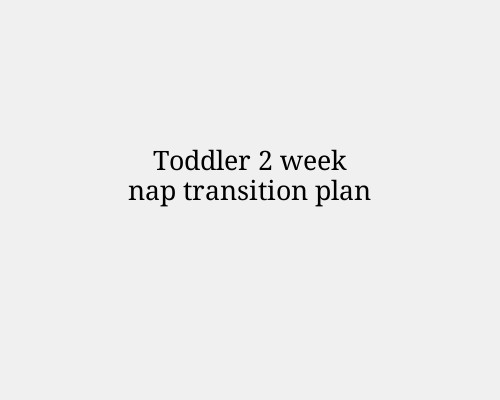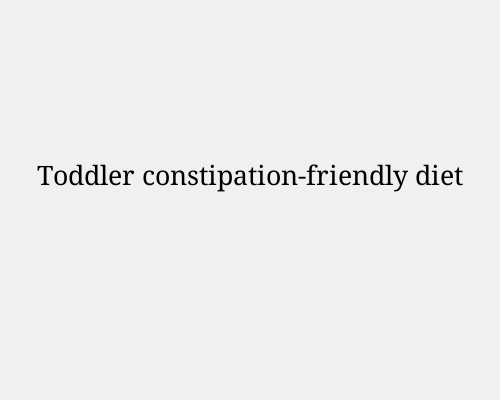
Here’s a toddler constipation-friendly diet approach, focused on increasing Fibre safely and supporting healthy digestion:
High-Fibre Foods for Toddlers (Aim for 19 g Fibre/day for ages 1–3) Fruits (with skin where possible)
Pears, apples, plums, peaches, apricots
Berries (raspberries, blackberries especially high in fibre)
Kiwi (also naturally helps bowel movement)
Prunes & prune puree
Vegetables
Sweet potato (with skin), butternut, carrots
Peas, broccoli, cauliflower
Green beans, spinach, zucchini
Legumes
Lentils, chickpeas, black beans (mashed if needed)
Hummus on wholegrain crackers
Wholegrains
Oatmeal/porridge (can add chia or flaxseed for extra Fibre)
Whole wheat pasta, brown rice
Wholegrain bread or wraps
Fluid Intake
Fibre works best with enough liquid:
Water: offer throughout the day, especially with meals.
Small amounts of diluted fruit juice (prune, pear, or apple juice) can help.
Avoid too much cow’s milk (can cause constipation in some toddlers) — keep to ~350–400 ml/day unless advised otherwise.
Helpful Meal & Snack Ideas
Breakfast: Oatmeal with berries & a spoon of ground flaxseed.
Snack: Pear slices + water.
Lunch: Wholegrain wrap with hummus, grated carrot, cucumber.
Snack: Prune puree mixed into yogurt.
Dinner: Lentil & vegetable soup with wholegrain bread.
Other Tips
Encourage active play — movement stimulates digestion.
Keep a routine for meals and toilet time.
Introduce Fibre gradually to avoid gas/discomfort.
